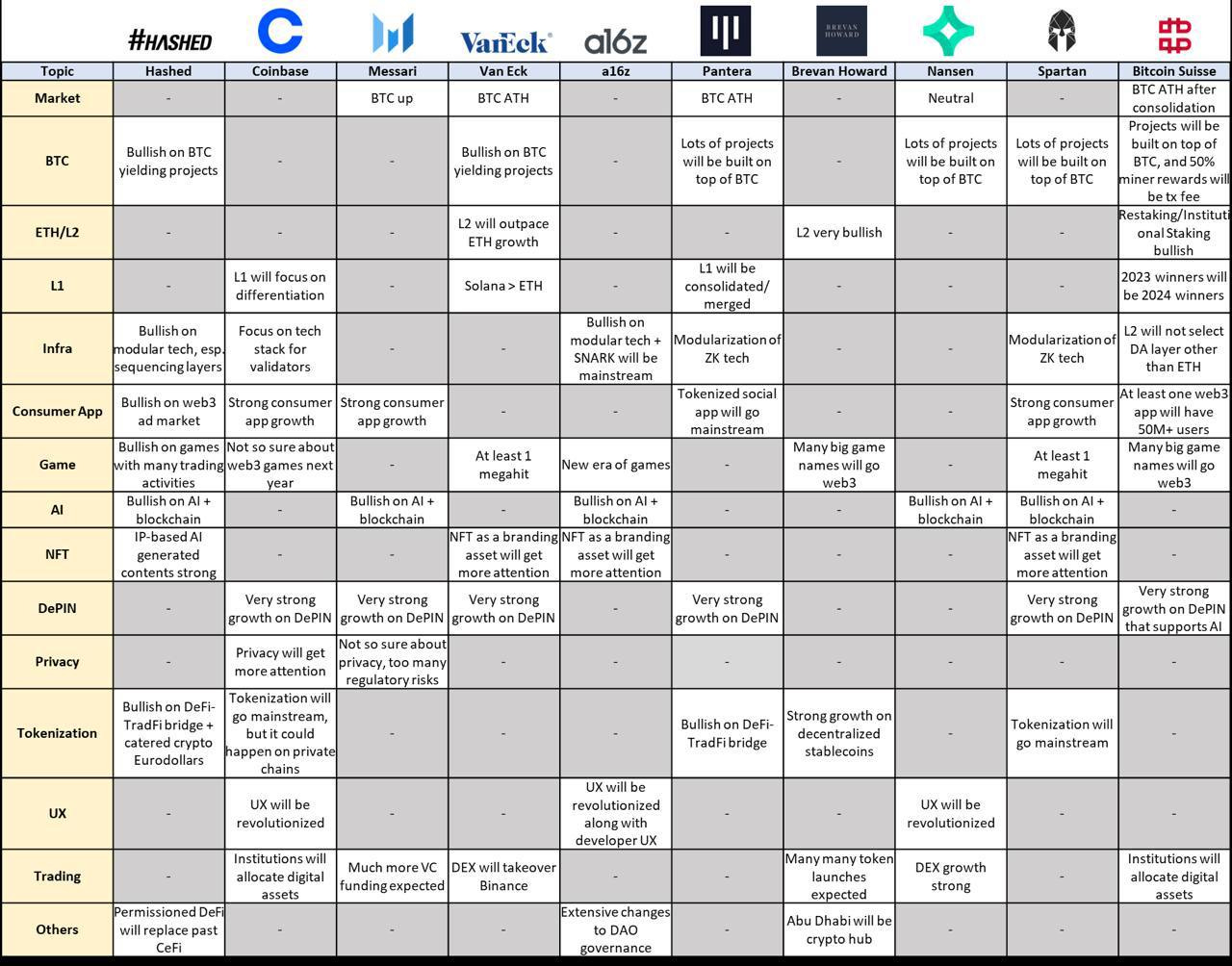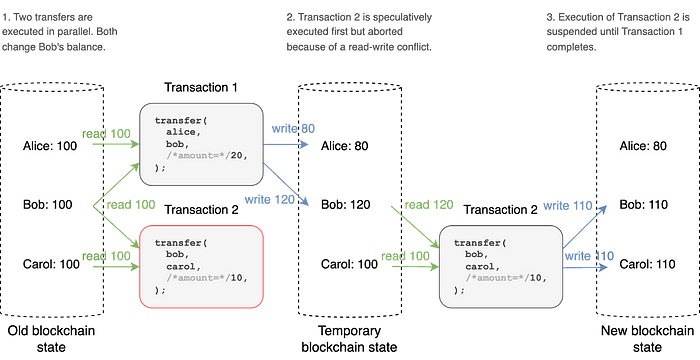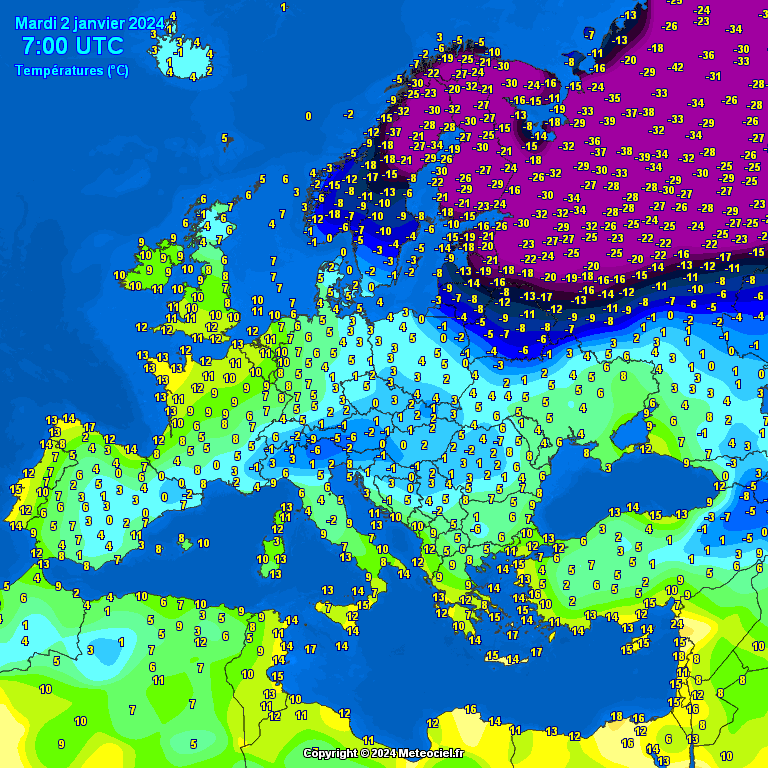Equilibrium Infra Bulletin #17: Managing Private State, Parallel Execution on Aptos, and State of zkEVMs in 2023
Equilibrium Labs builds the state-of-the-art of decentralized infrastructure. We are a global team of ~30 people who tackle challenges around security, privacy, and scaling.
This newsletter allows us to share more about what we read, what excites us, and what we think is relevant to the space. In addition, you will get a glimpse into the organization and our culture. You can also find us on Telegram.
If you have 2-mins to spare, we would appreciate feedback through this form!
Research, Articles, and Industry News:
📚 ZKPs, FHE, MPC: Managing Private State in Blockchains - Recommended by Olli and Hannes:
Private state in blockchains can be divided into two broad categories:
Personal (or Local) Private State = Data/state is owned by a single entity and only this entity can view or change it. Viewing keys can be used to selectively allow others to view the private state. Examples include private token balance, credentials, identity, and transaction history.
Shared Private State = Private data can be changed and used for computing by multiple entities, without breaking privacy. Access can be limited to a select group of actors (on-chain AI model) or extended to a larger group (dark pool AMM).
While a shared private state is more difficult to manage and leaks information more easily, only having personal private state limits the type of applications that can be built. As we’ve written before, ZKPs are useful for achieving personal private state, but a combination of FHE, MPC, and ZKP is needed for shared private state. In addition to this overview by Alliance DAO, a related post by HashKey Capital focuses more on FHE for anyone wanting to dive deeper.
Zooming out, we believe privacy in blockchains remains under-explored. This also comes through in the below summary of 2024 predictions. Private payments are challenging due to regulatory headwinds and compliance requirements. However, there are many non-financial use cases for blockchains that require privacy, such as zkML, identity, and games with non-complete information. With maturation in the underlying tech for building private applications, we believe there will be several 0-1 use cases that will change the conversation around privacy in blockchains.

Takeaway: Private state can either be local (only one entity can view and edit) or shared (multiple entities can edit). While most existing privacy use cases are ZKP-based and only enable local private state (e.g. private payments), a maturation in the technology enables new types of applications to be built. In addition, non-financial use cases don’t suffer from the same regulatory headwind, which makes it easier to innovate. With a wider range of tools available, building private applications has never been easier. What would you build?
📚 Aggregators: How Sequential Workloads Are Executed In Parallel On the Aptos Blockchain - recommended by Hannes:
The parallel execution engine that powers Aptos (Block-STM) is based on optimistic parallelization; transactions aim to execute simultaneously first and are then re-executed if there is a conflict. The performance of any parallel engine heavily depends on the amount of read-write conflicts (for example Alice → Bob, Bob → Carol), as seen in the example below.
In addition to this, many blockchains burn a fraction of transaction fees which requires an update to the total supply of native tokens. This causes even simple P2P non-conflicting transfers to become a sequential workload due to read-write conflict on the supply counter. Similar to tracking the supply of native tokens, the size of NFT collections needs to be updated with every transaction so that more NFTs aren’t minted than originally intended - leading to the same issue.
Aptos Labs has designed a Move feature called aggregators that allows parallel execution of smart contracts on Aptos even in the presence of read-write conflicts. Aggregators have been used to track total native token supply since the mainnet launch (2022) and is now being expanded to NFTs. This can dramatically increase the speed of minting.
Aggregators are built on the fact that some workloads that look sequential don’t have that many read-write conflicts, and the conflicts that exist don’t have a significant impact on the result of transaction execution.
The conflicting parts of transactions can be captured and their execution result can instead be predicted for most transactions. This means that the main part of a transaction can be executed fully in parallel and sequential execution is only used when conflicts are unavoidable.
Key Takeaway: While parallelization of the EVM seems to be the hottest theme right now, many (non-EVM) blockchains such as Solana or Aptos already have working parallel execution in place and continue to innovate. There is additional nuance though as it’s not just about the execution environment - Parallelizing execution brings only marginal gains and the real bottleneck is state access.
📚 The State of zkEVMs: End of 2023 - Recommended by Olli:
The type 1-4 categorization for zkEVMs introduced by Vitalik was published in the fall of 2022 and has since then become an industry standard for comparing different projects. While Starknet was already live in 2022, we saw many more zkEVMs hit mainnet during 2023 - including zkSync Era, Polygon zkEVM, Linea, and Scroll. Alex Connolly from Immutable summarised the status of each solution at the end of 2023.
Right now, almost all live projects are type 3/4 rollups. Sacrificing some compatibility with existing Ethereum applications and tooling enabled projects to reach a faster time to market and gain some cost benefits. However, it also requires constant maintenance of custom L2 clients. To reduce this burden and achieve higher Ethereum compatibility, most zkEVMs are aiming to transition into type 1-2 over time.
Some open problems raised by Alex in the article include:
Lack of standardized interface between clients and provers - ideally, any new client or prover should be compatible with as many existing provers/clients as possible. Multi-client/prover approaches help reduce the risk of major bugs.
Decentralizing the sequencer - Most rollups today have a single sequencer, but decentralizing it can improve liveness guarantees and censorship resistance. This can be done either internally (multiple sequencers, one rollup) or by tapping into shared sequencer networks by teams like Astria, Espresso, or Madara (multiple sequencers, multiple rollups).
No standard framework for measuring zkEVM performance and cost: This is not only true for zkEVMs, but the industry more broadly. Objective benchmarking on cost, performance, etc. is difficult, which makes it hard to do apples-to-apples comparisons between different solutions.
Key Takeaway: zkEVMs (and the wider ZK space) have made a lot of progress during 2023, but many challenges still remain - both on the technical side as well as user adoption (compared to optimistic alternatives). Currently, most zkEVMs are type 3 or 4, but many are aiming to move to type 1 or 2 over time. One broader challenge with the move to rollups is increased fragmentation (both liquidity and attention) and a lack of solid interoperability solutions. While there are multiple solutions currently being developed (such as Near’s fast finality layer, Polymer’s IBC-based Interoperability Hub, or the many light-client-based solutions) - it’s still unclear which solution will become the industry standard.
Personal recommendations from our team:
📚Reading: The Freeze-Frame Revolution - Peter Watts: The book is set in the far future, where a crew of humans is woken up from cryogenic sleep once every hundred thousand years to build a wormhole. Quite the hibernation, if you ask me 💤
🎧Listening: J. S. Bach - Lute Suite in E Major BWV 1006a - There’s recently been a bit of a Bach theme in our music channel. This one is a beautiful interpretation by Evangelina Mascardi on a baroque lute 🎼
💡Other: Finland set for cold conditions at the beginning of new year: 2024 seems to have started with a cold spell over the Nordics, with temperatures hitting below -30C in some parts of Finland. If you’ve considered a visit, we’d recommend bringing a proper winter jacket! 🥶










